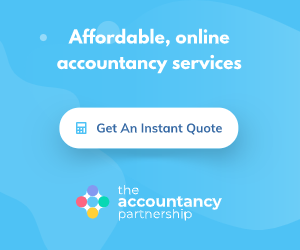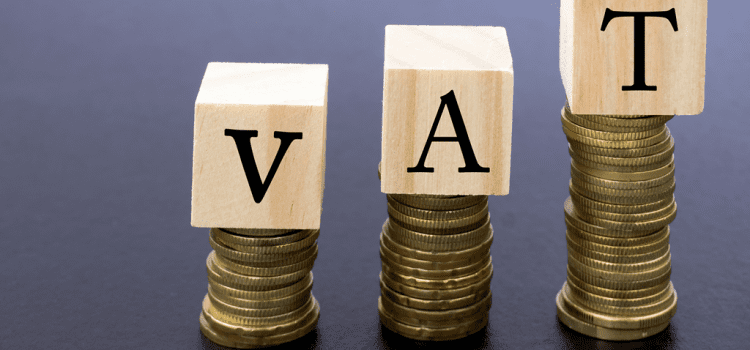Value Added Tax is a sales tax added to the price of certain types of goods and services in the UK. Not all good or services have VAT added onto them or are subject to lower rates, for example children’s clothes.
If you’re a freelancer or contractor, you may be wondering whether any of this applies to you.
The current rules state that anyone making a gross income over £85,000 per year must register for VAT. If you don’t register, you run the risk of being fined.
You can voluntarily register for VAT if you’re below the threshold so that might be worth considering, depending on your situation. Contractors who work through their own contracting limited company could potentially save a lot of money by becoming VAT registered, as can umbrella contractors.
How to charge VAT
When you prepare and issue an invoice to a customer, you must add VAT onto the rate you charge. Most invoices show the original rate and then the rate with the 20% VAT rate added below it. You must also include a VAT number on your invoice.
The VAT you charge on goods and services is called output tax. At the end of every quarter, a contractor must add up all the output tax they have charged their customers (and remove input tax) and pay the balance to HMRC. You must do this using a VAT return.
Input tax
When you buy goods and services yourself, you’re going to be paying the cost of someone else’s VAT. This is called input tax.
You can offset the VAT on your purchases against the amount of VAT you’ve charged your clients and will have to pay HMRC.

Submitting VAT returns
If you’re VAT registered, you will need to submit a VAT return every quarter. You can do is annually, but this isn’t recommended for most contractors.
HMRC will send your company a VAT return form at the end of each quarter. This must be completed and submitted to HMRC with any net payment by the end of the month of the VAT period.
To work out how much you need to pay, you must add up all the output tax you have charged customers for that quarter and subtract the input tax that you’ve paid on your purchases from that.
The input tax you subtract from what you owe, you get to keep. This can end up saving you lots of money so it’s well worth collecting all your receipts to keep your VAT bill down.
VAT flat rate scheme
You may have heard of a VAT flat rate scheme. This means that you pay a fixed rate of VAT to HMRC. You can keep the difference between what you charge your customers and what you pay to HMRC. However, you can’t reclaim the VAT on your purchases except in certain circumstances.
In order to join this scheme, your VAT turnover must be £150,000 or less. It’s always best to consult your accountant before switching over to a flat rate scheme to make sure it’s the best decision for you.
When shouldn’t you register for VAT?
If you’re debating whether to voluntarily register, you’ll want to know if there are any downsides. Registering for VAT may not be worth it if you’re dealing directly with clients and not through an agency.
This might be the case if you work with clients who are in sectors like financial services, charities, or in parts of the public sector.
If they are not VAT registered themselves, they are unable to offset what you charge against any VAT they owe to save money. They will just be paying an extra 20% on your goods or services that they would rather not. This could mean your clients will look elsewhere for cheaper goods.
Whatever you choose to do, it’s always best to have an accountant on board who knows your personal circumstances and can advise you on the best course of action.







